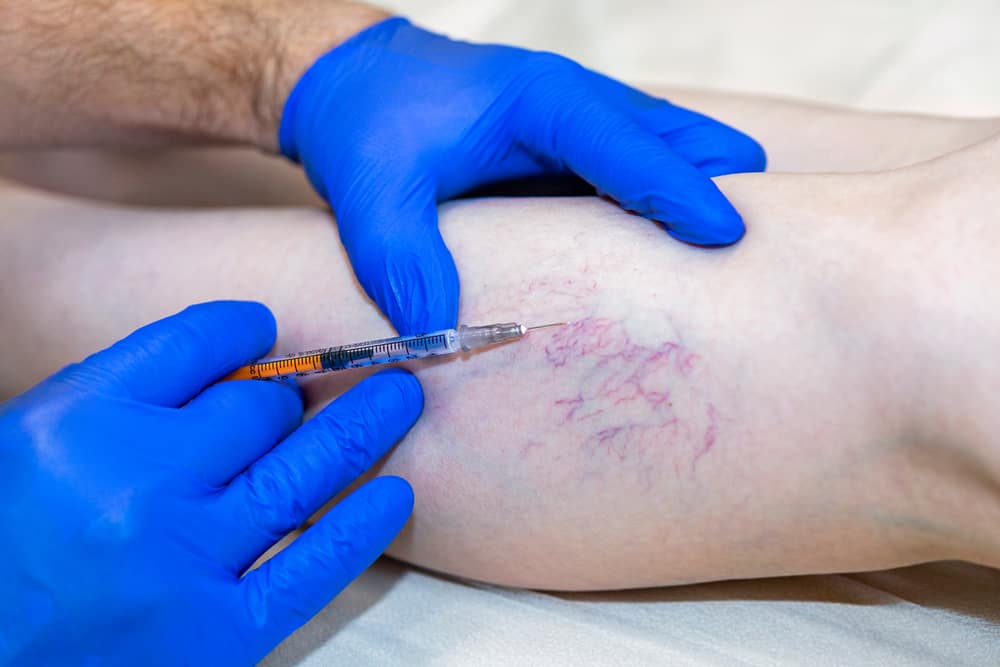
View our 5 Star Reviews On Google!
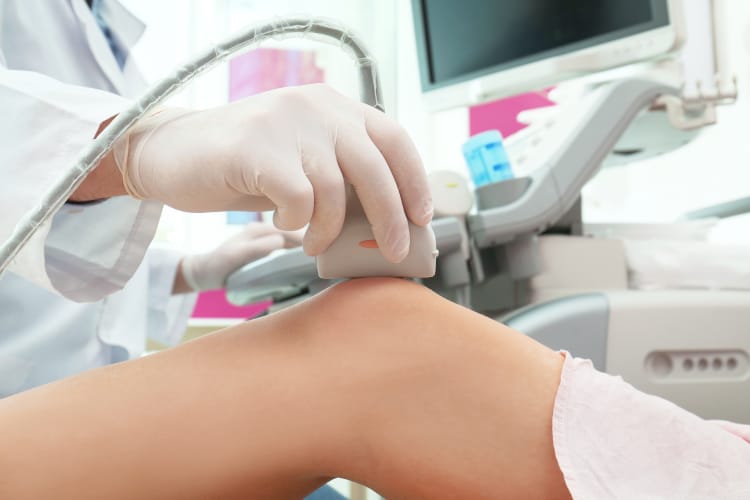
The Varicose Vein Center provides the following services. The tiniest capillary spider veins to the largest varicose veins can be effectively and safely treated. Treatment decisions are based on a patients history, physical examination and, in many cases, a duplex ultrasound examination. Dr. Ninia has lectured and given physician training sessions on each of these topics through his participation as a member of the Board of Directors of the American College of Phlebology and as a Faculty Member of the National Procedures Institute.
A highly effective method of Long Island varicose vein removal that is offered at the Long Island Varicose Vein Center. This method is a very popular one for those seeking to remove their smaller varicose veins and spider veins. Injection-Compression Sclerotherapy involves injecting a small amount of solution directly into the varicose vein. This solution will cause the vein to scar and force blood to redirect itself through the patient’s healthier veins. This process causes the vein to collapse and ultimately disappear.
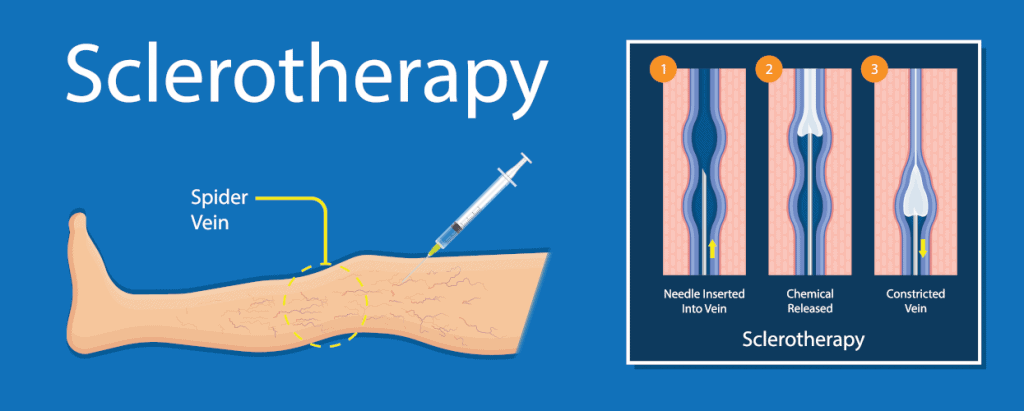
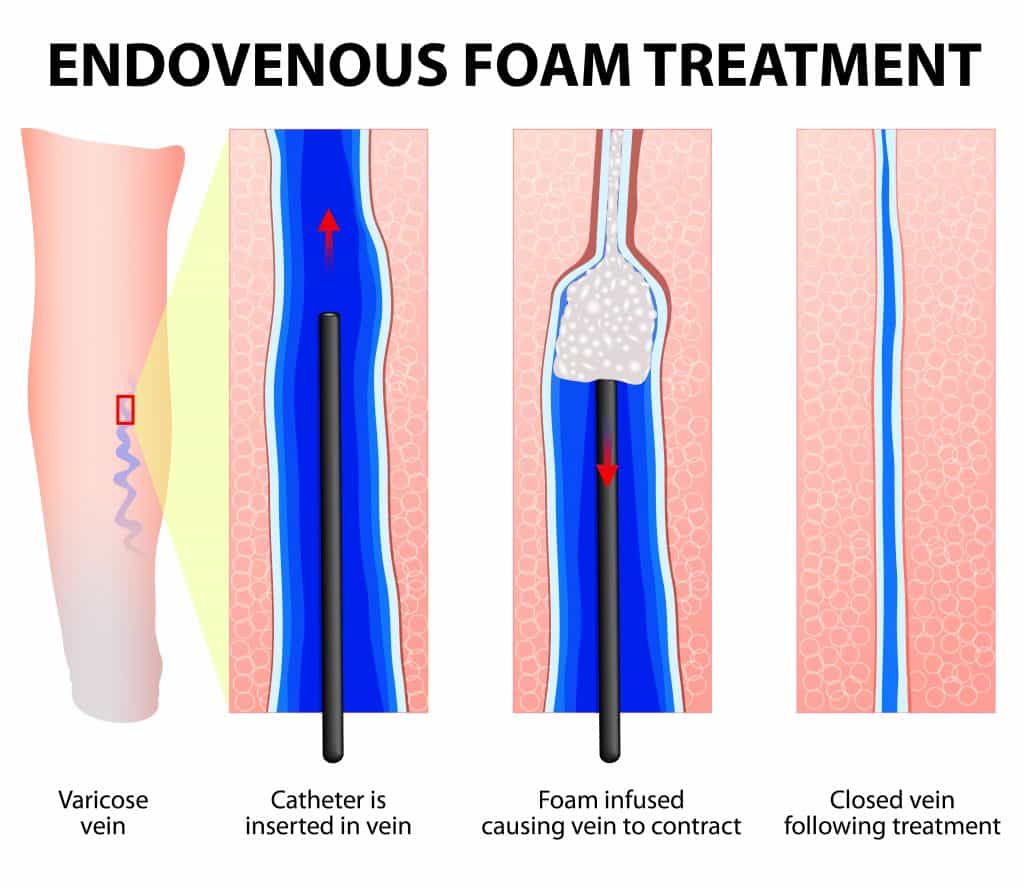
One of the newer methods of Long Island varicose vein removal practiced at the Long Island Varicose Vein Center is that of foam sclerotherapy. The foam sclerotherapy procedure involves the injection of a foam sclerosant into a blood vessel, thereby closing it. The solution that is used is known as polidocanol or sodium tetradecyl sulfate, and has the consistency of shaving cream. The solution is helpful because it can be tracked easily and is highly visible in ultrasound detections.
Endovenous Laser Ablation is a method of performing varicose vein removal and varicose vein treatment with the use of laser energy. This procedure is minimally invasive and is typically used in the removal of larger varicose veins. In this procedure, the physician also utilizes an ultrasound to close the main vein from inside the patient’s body. By using ultrasound visualization, the patient’s abnormal vein, as well as other important areas, are drawn onto their skin. This gives the physician a map that outlines their method during the procedure. Afterwards, the patient will have a topical numbing cream applied to their skin for one hour. This will make the injection of local anesthetic practically painless.
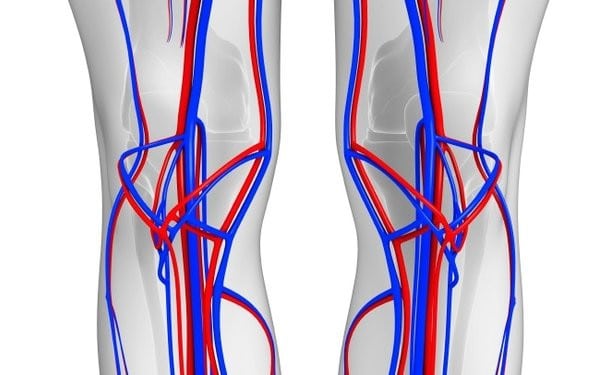
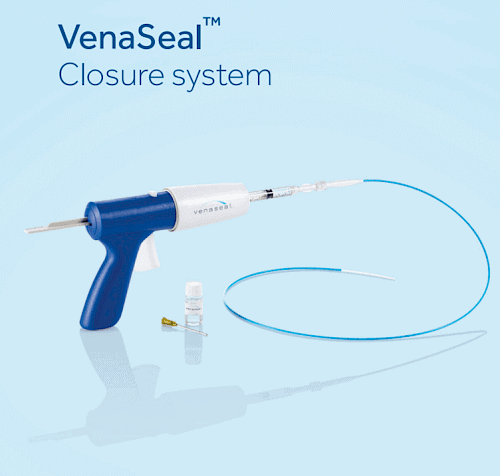
The VenaSeal vein closure procedure involves the physician filling a syringe with a medical adhesive, which is then placed into a dispenser gun that is connected to a small catheter. The catheter is then attached to the abnormal vein while being monitored by the use of an ultrasound machine. The catheter will run along the varicose vein while the physician performs a series of trigger points to deliver the adhesive to the vein while the patient’s legs remain compressed. The adhesive that is used is a specially designed formula that is only intended for the treatment of lower leg vein anomalies. The VenaSeal closure system also uses the adhesive to close the vein by use of thermal energy. No anesthesia is required for this procedure and the patient may return to normal activities right away.